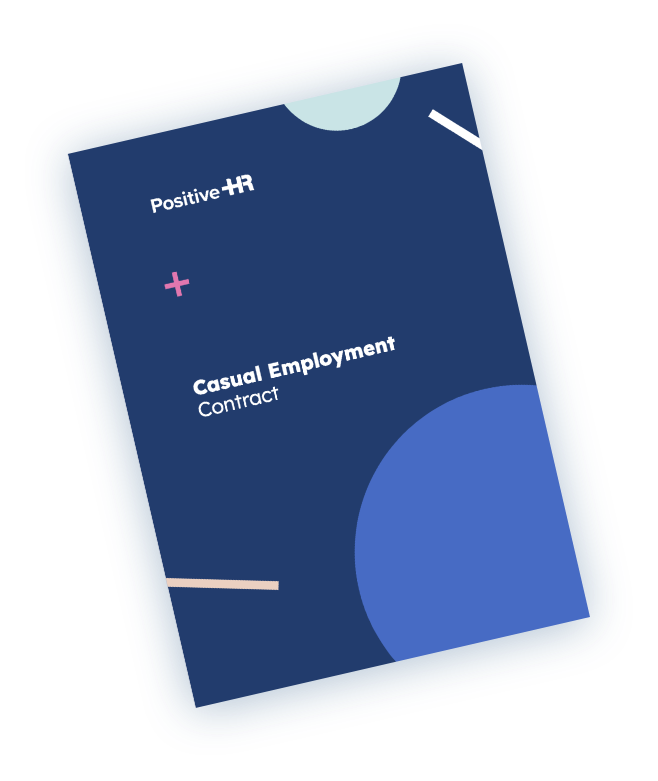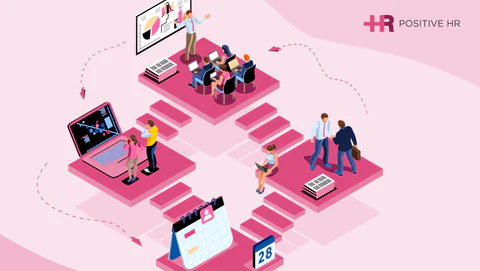Businesses across the world are experiencing new ways of working while keeping their people and each other safe. It’s taken a pandemic for many to realise that duties and tasks can be performed effectively at home. The look of the office has changed overnight too. There are no more rows of people huddled together and a decrease in hot desks. People are now physically spaced apart, often with ‘sneeze’ shields between desks and a bottle of hand sanitiser.
The future of work is hybrid, where the workplace is dispersed with some working in the office, remotely — or a mix of both. The office is then used as opportunities for formal collaboration or to access specific technology or equipment if not readily available at home.
Benefits of hybrid working
There is an increasing demand for workplace flexibility. With so much diversity in the workforce across gender, experiences, abilities and generations, just to name a few, people want the flexibility to work the way they feel is most effective and productive. There will be some that prefer a traditional in-office environment, while some who may want to work completely remote.
The biggest benefit of having a hybrid working culture is merely providing an opportunity for people to experience the best of both worlds. Giving employees this freedom to choose will create more loyal, productive and happy employees in the long term.
Remote work also opens the doors to global talent, which also means your team will have access to the rest of the world. This global way of working will help bring in fresh ideas, perspectives and insights.
The challenges of hybrid working
Managing remote staff is not as simple as asking them to download zoom. Managers need to understand the environment is different. Having online meetings for eight hours a day cannot be productive either, and the key is having balance.
It’s essential to ensure remote employees have all the right tools, technology and ergonomics to perform their roles adequately and in a safe manner. Also, not every remote employee has the same needs, so managers need to ask if there is anything they can do to support the employee.
It’s also necessary to individualise communication, including how frequently. Some employees are more high touch and want regular feedback – we love using OfficeVibe. While some may view this as micromanagement. The best way to find out is simply by asking your people how they prefer to work while balancing your business needs.
Another challenge is that there could be a perception of inequality between those based in the office and remote workers. It’s common for the leadership team of a business to be based in the office. This means they may have more opportunities for networking and influence since they are more ‘visible’. Unfortunately, for some, out of sight has become out of mind.
Managers need to be mindful of this perception and create more opportunities for remote employees to feel included. It could even be as simple as dedicated time and days for virtual teas/drinks and to check the wellbeing of your remote workers more often.
Over to you
The goal of hybrid working is to create greater flexibility while keeping our people safe. While we all have good intentions, the last thing we want is to create a divide between team members. To maintain a sense of fairness, businesses should have remote work policies and guidelines to ensure everyone can work productively together, regardless of location.
Documents to help set your people up for hybrid work
Remote work documents
Positive HR has a COVID-19 remote work document pack to help.
This handy pack includes:
- Change of employment location letter
- Remote work-space requirements information
- Remote work safety and wellbeing checklist
- Remote working agreement
- Pandemic planning checklist
COVID Safe plan
Having a COVID Safe plan shows your commitment towards the safety of for your staff, customers and visitors. When you download our COVID Safe template, it has a fully executed plan with actions included. It sets out how your business intends to manage and mitigate the risk of transmission of COVID-19. We strongly recommend revising the plan frequently and as restrictions or conditions change. For specific industry advice and support, please get in touch with us.









